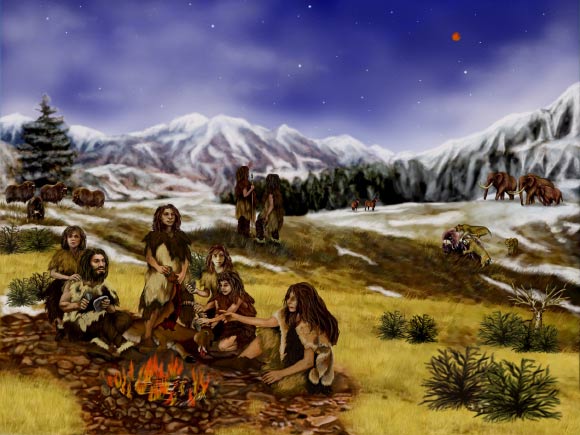Neanderthal Butchery Techniques Differed in Israeli Caves

Neanderthals Used Different Butchery Techniques at Amud and Kebara Caves, Study Finds
New archaeological research has uncovered striking differences in how Neanderthals processed animal carcasses at two nearby sites in northern Israel, despite sharing similar tools, diets, and environments.
The study, led by Anaëlle Jallon, a PhD candidate at the Hebrew University of Jerusalem, focused on the Amud and Kebara caves—two Middle Paleolithic sites located just 70 kilometers apart in the Mediterranean region of the southern Levant.
Both caves were occupied between 70,000 and 50,000 years ago during the winter months and have yielded significant evidence of Neanderthal presence, including flint tools, fire use, and a rich collection of animal and human remains.
Distinct Cut-Marks Suggest Cultural Traditions
Jallon and her team examined cut-marked bones from matching layers at both sites, using both microscopic and macroscopic analysis. While both groups relied primarily on gazelles and fallow deer, and used comparable stone tools, the cut-mark patterns revealed notable differences.
-
Amud Cave: Cut-marks were more densely packed and less linear in shape.
-
Kebara Cave: Cut-marks appeared more spaced out and consistent.
These variations suggest that the two Neanderthal populations had distinct butchering traditions, possibly shaped by cultural practices or group-specific routines.
Why the Differences?
Researchers ruled out environmental or resource-driven factors, such as prey type or butchering skill levels. Even when comparing similar long bones from both sites, the same distinctions emerged.
Several theories could explain these differences:
-
Meat Preservation Practices: Neanderthals at Amud may have dried or aged their meat before butchering, making it tougher and requiring more intense processing.
-
Group Organization: Different numbers of butchers or varied division of labor may have affected how meat was processed.
Burned Bones and Hunting Behavior
The research also found that:
-
At Amud, 40% of bones were burned and more heavily fragmented.
-
At Kebara, only 9% of bones showed burning, but with less fragmentation.
This could point to different cooking or disposal habits. Interestingly, bones at Amud also showed less carnivore damage, suggesting they were more thoroughly processed or protected.
What It Means for Understanding Neanderthals
“These findings give us a unique opportunity to explore whether Neanderthal butchery techniques were standardized or shaped by cultural choices,” said Jallon. “Even core survival practices like meat processing appear to have been influenced by social learning.”
Looking Ahead
While the study sheds light on Neanderthal behavior, Jallon emphasizes the limitations:
“Bone fragments can be too small to fully capture the butchery pattern. We’ve tried to adjust for this, but more experimental archaeology is needed.”
Future research will aim to uncover even more details—maybe even reconstructing what Neanderthal ‘recipes’ looked like tens of thousands of years ago.
The full study was published in Frontiers in Environmental Archaeology.
Source: Sci News
: 79







